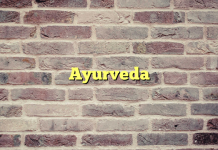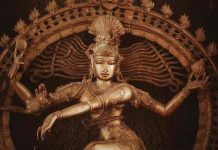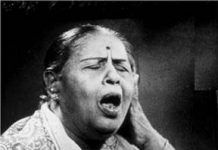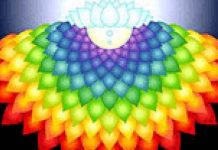
The history of bhaishajya kalpana or Indian medicines can be easily classified into three major ages; firstly the Vedic era, secondly the Samhita (ayurvedic text) era, and finally the Drvaya Guna (Modern ayurvedic pharmaceutics) Age. The most initial developments of bhaishajya kalpana or Indian medicines are found in The Vedas. It is deemed that the Vedas are Apaurasheya (inanimately written i.e. creation of god). They are believed to be the sayings of God Brahma (the founder god of Hindus who founded this universe). Brahma first taught Ayurveda to the twin physicians of the gods; the Aswini kumars, and they gave the knowledge to Indra (lord of the heaven) from Indra it was passed on to Daksha Prajapati and from him to the different sages who in turn passed it on to their sons and disciples.

So the knowledge of medicine found in Vedas is divine as per Hindu mythological beliefs. There are certain descriptions that tell us abut the tales regarding the Ayurveda being passed by god Brahma to the Above all not going in all this matter we can simply take that the Vedic era is nearly 5000 A.D. The Vedas are the oldest text containing descriptions of Indian medicine.
There are many mantra (religious recitations) and prarthana (praying) in the Veda as well as the medicine and herbal descriptions has meaning – that may Agani (fire) drive away the takman (fever) from this place.
In the same manner the Vedas also describes the hereditary diseases as kshetriya vyadhi the most appropriate saying about the medicine and doctor is found in Rig Veda.

“The ancient medicines which are 700 in numbers are originated from the god and existed in the all three yuga (eras-satayagua, dwaparyuga, treata yuga and, kailyuga)”. Recent archeological studies of the Indus valley civllization, made the discovery that the people of Indus valley civllization(about 3300BC), had knowledge of medicine and dentistry. The scientist carrying out researches claimed that whle cleaning the teeth from one of the men in the same area found evidence of teeth having been drilled, dating back 9,000 years.this also gives us an idea about the historical evidence of Ayurveda or the ancient system of medicin.
Vedas – especially to ‘Atharva Veda’, which mentions two systems of medicine; first, the system of spiritual and religious chanting that can be termed as what we called holistic medicine in today’s world. The second system of drugs used on an empirical basis. Further in ‘Atharva Veda’ there are several descriptions about the drugs and their preparations. Thus the major evolution of Ayurveda is from the Vedic wisdom sources. It developed as a whole new system in long span of time. The major documentation of Ayurveda is the Samhita text. Some of the examples of medical descriptions from Ayurveda are as under. They are not directly concerned with the Bhaishajya Kalpana but are basically concerned with the development and sources of drugs.

There are descriptions found in the Riga Veda about the Karanja ( Pongamia pinnate) , Kinshuka ( Butea monosperma) , Khadir (Acacia Catechu) , Kamal ( Ludwigia palustris), Amala ( Emblica officinalis Linn), Semal ( Bombax malabaricum) . Also the Yazurveda has described the characteristic of Masoor (Lens culinaris) . Ber ( Oenanthe sarmentosa) , Til ( Sesamum indicum), Priyangu ( Meliaceae. Albizzia lebbeck) .In the Atahrva Veda that is mainly related with Ayurvead describes about Apamargaarka (Achyranthes aspera) Ashthava ( Ficus religiosa) Arjun (Terminalia Arjuna ) Guguul ( Commiphora mukul) and some other medicine.
The ‘Atharva Veda’ mainly consists of Bhutavidya (Psychiatry) and Sarpavidya (agada or toxicology). Besides the above two, Rsayana (geriatrics or the science of rejuvenation) and Vajikarana (vitalization) are also traceable in the ‘Brahmanas’ and the ‘Upanishads’.
In this way the Vedas are found to be incompletely described and not medicinal text as well; have short descriptions of bhaijshajya kalpana in its primitive form. In Vedas only freshly prepared kalpansa are described in a very short manner.

![PANCHAKARMA [ Detoxification ] PANCHAKARMA [ Detoxification ]](https://indianartz.com/blog/wp-content/uploads/2017/07/PANCHAKARMA--Detoxification--218x150.png)























